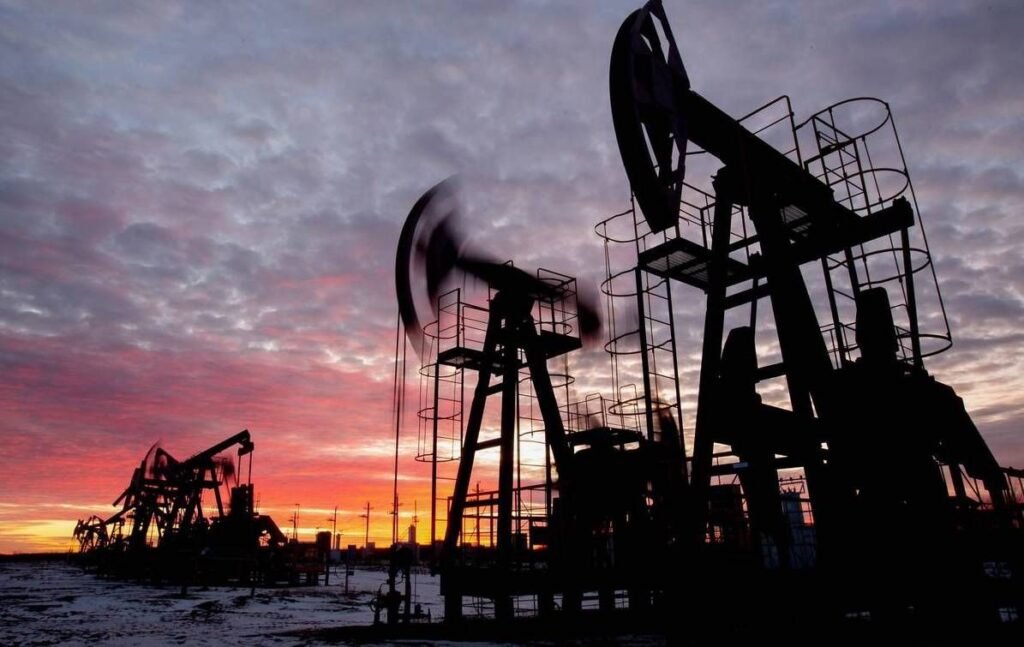
Oil investors are expected to begin 2024 with concerns about oversupply, slowing economic growth, and simmering Middle East tension that could cause price volatility. In 2022, benchmark Brent prices surged above $100 after Russian supplies were disrupted following the Ukraine war. However, prices have been capped this year by a strong dollar and robust non-OPEC output, despite demand reaching an all-time high of over 100 million barrels per day (bpd). According to a Reuters survey of 30 economists and analysts, Brent crude is predicted to average $84.43 a barrel in 2024, despite wide-ranging demand growth forecasts ranging from 1 million bpd by the International Energy Agency to 2.25 million bpd expected by OPEC.
Supply in 2024 is expected to grow between 1.2 million and 1.9 million bpd, driven by non-OPEC producers, say consultancies Rystad Energy, J.P. Morgan, Kpler, and Wood Mackenzie. In 2024, investors will be monitoring OPEC+ compliance during the first quarter to determine if the planned 2.2 million bpd of voluntary output cuts were followed through. If the group complies, it could lead to a small deficit of less than 500,000 bpd. Woodmac’s Ann-Louise Hittle said, “The first quarter will be key because we can assess adherence to the OPEC+ voluntary supply cuts.” Investors will also be keeping an eye on Russia, Iran, and Venezuela. Venezuelan oil has returned to global markets since Washington suspended sanctions on the OPEC producer for six months, until April.
According to JP Morgan analysts, another six-month extension is likely as long as President Nicolas Maduro’s government sticks to an electoral roadmap agreed with the opposition for a presidential election. “Late 2024 presidential elections in both countries would determine the longer-term fate of U.S. sanctions and Venezuelan oil production,” they added. Lastly, non-OPEC producers led by Brazil, Guyana, and the United States are set to drive output growth in 2024, boosting supply of light sweet oil, while medium sour grades are set to stay tight on OPEC+ cuts.
More than 1 million bpd of new refining capacity is expected to come online in China, India, Mexico, the Middle East, and Nigeria in 2024, which includes Chinese newcomer Yulong Petrochemical, expansions at India’s Panipat and Koyali refineries, Nigeria’s Dangote project, and Mexico’s Dos Bocas. This could narrow price spreads between crude grades globally, with medium grade crude trading close to parity with light sweet from a typical discount of $2-$4 a barrel, while the discount for heavy versus light crude could narrow to about $4 a barrel, from $8 previously.